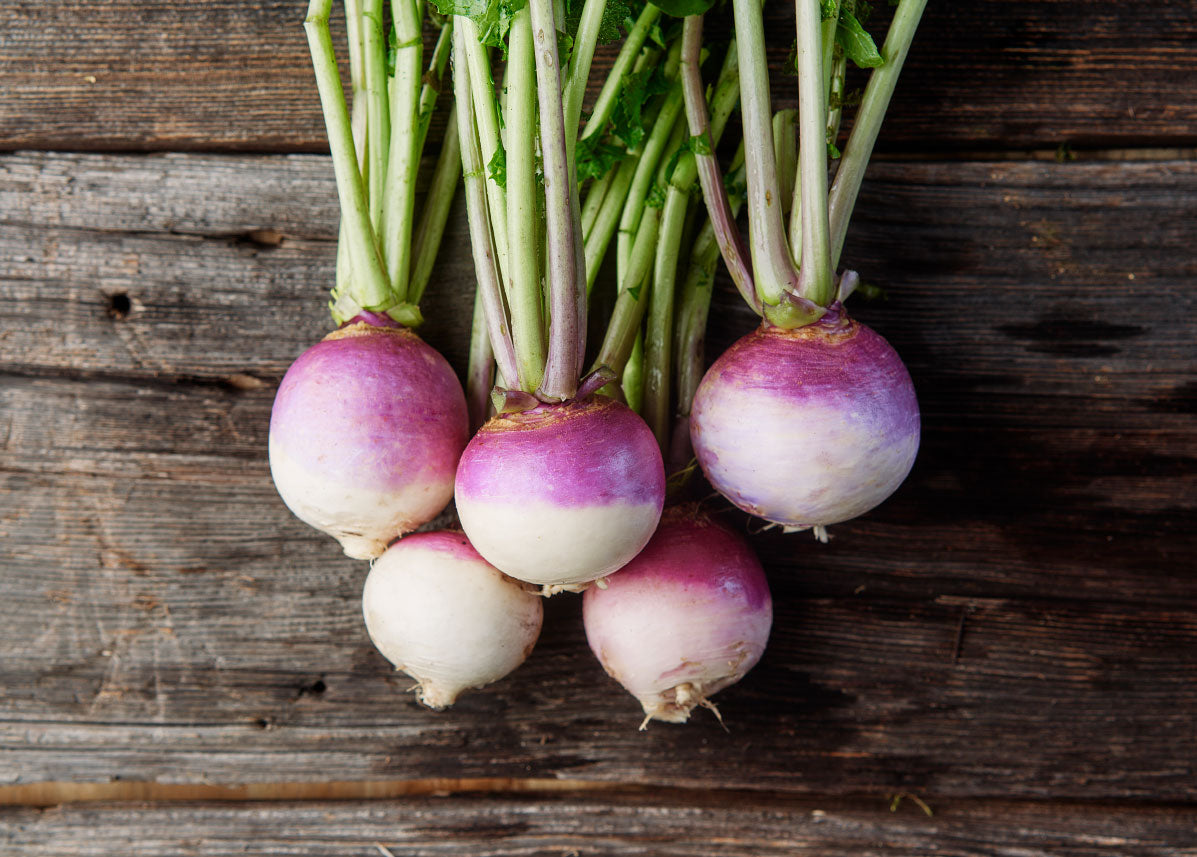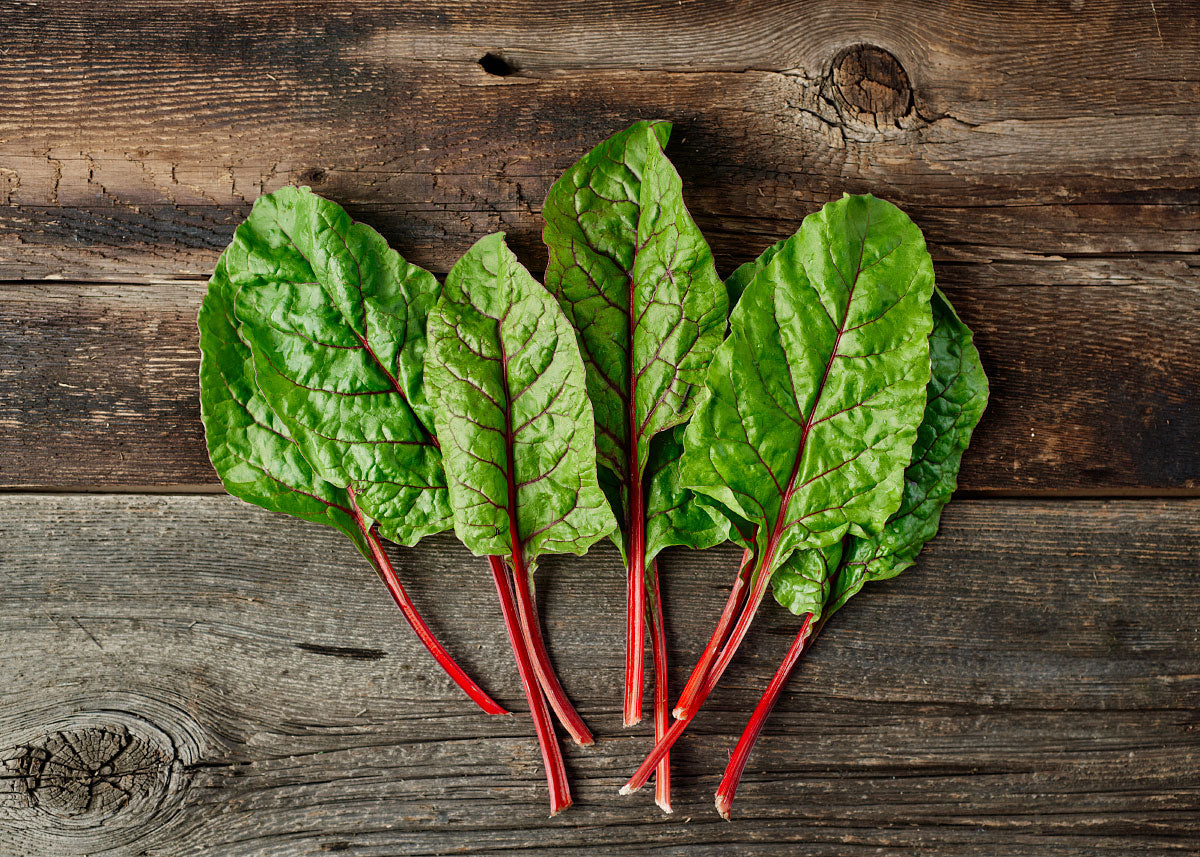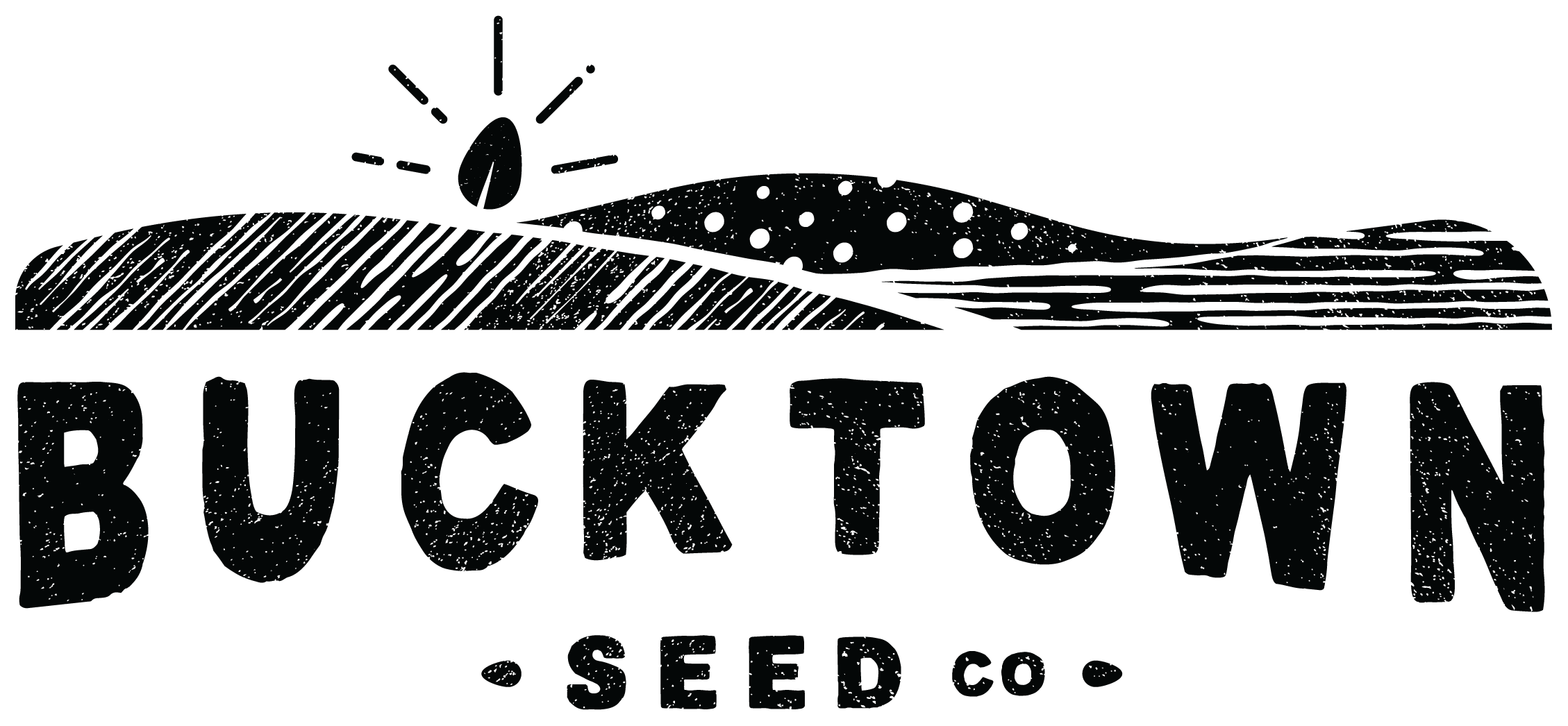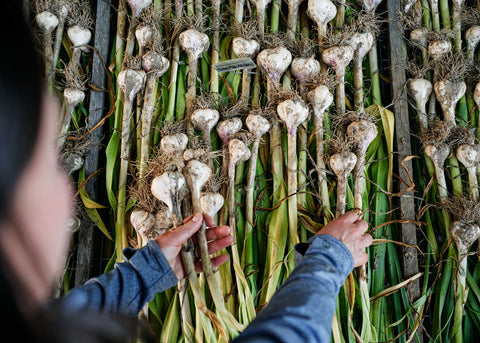Are you eager to grow a vibrant fall garden? There are many vegetables that can be planted in the summer for a fall harvest. In this blog post, we will share 25 vegetables that you can plant for a fall garden. Be sure to read our Tips for Growing Your Fall Garden at the end of this post.
Fall Gardening: Where to Start
Don't pack up your gardening tools just yet! Even after enjoying the fruits of your spring garden, there's still more planting to be done for a fall harvest. While you may have thought the planting season was over, there are numerous seed varieties that can be sown in June, July, and August, allowing them to reach maturity and grace your table during the cooler autumn months. In fact, some of these varieties even thrive with a touch of frost, enhancing their flavors as they reach their full potential. So, seize the opportunity to extend your gardening season and enjoy a fall harvest.
25 Vegetables to Sow in the Summer Months for a Fall Harvest
1. RADISHES
Radishes are categorized as either winter or spring varieties. Winter varieties such as Black Spanish Round, Watermelon radish & Daikon should be planted in mid-to-late summer. They require 2 months or so to mature. Spring varieties such as Pink Beauty, Easter Egg & French Breakfast mature quicker and can be planted late summer/early fall.

2. CARROTS
Though carrots prefer cool weather they can actually be grown through most of the summer. Fall plantings can be made in mid-to-late summer. Carrots are ready to harvest in 60-85 days but can be picked at an earlier date for finger carrots.

3. LETTUCE
Lettuce can be grown again in late summer. Some varieties are slower to bolt such as Freckles (romaine) and Deer Tongue (butterhead). Summer plantings will benefit from shade which will keep them cooler and delay bolting.

4. Summer Squash
Summer Squash are part of the Cucurbit family which also includes cucumbers and melons. Black Beauty Zucchini, Crookneck and Early Prolific Starightneck are summer varieties that thrive in warm days, warm nights and full sun. Seeds prefer a higher soil temperature and can be planted mid-to-late summer.

5. BRUSSELS SPROUTS
Summer brussels sprouts plantings are more common than spring plantings. Direct sow in mid summer, or roughly 100-120 days before first fall frost. Brussels Sprouts are very cold hardy, surviving frost and light snowfalls.

6. BUNCHING ONIONS
Scallions can be sown again in mid-to-late summer for a fall and early winter harvest. Evergreen Hardy White is the most winter hardy scallion variety.

7. BEETS
The root and greens can both be eaten when growing beets. Plant beet seeds in mid-to-late summer for winter harvest & storage. Make sure to water well and add a thin layer of compost to help steady soil temps.

8. SPINACH
Spinach can be planted in late-summer for a fall harvest. Better yet, New Zealand spinach, which is actually not related to common spinach, is a variety that thrives on heat and will produce all summer long. Its leaves are smaller than regular spinach, but when cooked it is virtually indistinguishable than the real thing.

9. KOHLRABI
This unique Brassica forms a bulb just above ground level that tastes like a sweet, mild turnip. Plant Kohlrabi seeds in mid-summer for a fall harvest. Like other cole crops, Kohlrabi can easily survive a frost, even temps in mid-20s.

10. KALE
Kale is another vegetable that can be grown both in the spring and in the fall. Fall plantings can be direct seeded in late summer with the last planting 8 weeks before your average first frost date.You can harvest Kale until the ground freezes hard in the winter, which will actually improve the flavor.

11. PEAS
Fall plantings for peas can start in mid-to-late summer. Make sure to allow enough time for maturity as peas will not tolerate a frost.

12. CAULIFLOWER
Cauliflower can be grown in the spring and in the fall in your backyard garden and will tolerate a light frost. Fall crops are usually more reliable because the chance of hot weather as the plant matures is lower than in the spring. Can be direct seeded but we recommend starting indoors weeks before the midsummer planting for the best success.

13. CABBAGE
Cabbage seed can be succesfully planted for a fall garden crop. Consider floating row covers to discourage flea beetles. Can be direct seeded but we recommend starting indoors weeks before the midsummer planting for the best success.

14. ENDIVE & ESCAROLE
Direct seed Endive and Escarole in mid-to-late summer for a fall crop. These varieties are very hardy and can be harvested throughout the fall months. During the heat of summer make sure to water thouroughly.

15. TURNIPS
Turnips can be sown throughout the summer starting in mid-to-late summer. Plantings ready to harvest at about average first frost date can be left in the ground and harvested as needed into early winter. Turnip greens can be eaten as early as 30 days.

16. BEANS
Beans are a quick-maturing crop to grow both in the spring and fall. Start fall garden beans in mid-to-late summer. If a frost is predicted for your area later in the season, simply protect them with a row cover or garden fabric.
17. SWISS CHARD
Swiss Chard is a versatile vegetable that can be harvested for baby or bunching greens. Baby greens can be harvested around 30 days. Bunching greens reach maturity around 60 days.

18. ARUGULA
Arugula is a favorite summer vegetable with a spicy, peppery taste. Direct seed in July & August for a fall garden harvest. Arugula provides a full spectrum of vitamins and minerals, including rustic iron and vitamin C. Harvest within 15-30 days.

19. POK CHOI
Pok Choi can be succesfully planted for a fall garden crop. Consider floating row covers to discourage flea beetles. Can be direct seeded but we recommend starting indoors weeks before the midsummer planting for the best success.

20. MUSTARD GREENS
Mustard Greens are cold-tolerant plants that can be grown for baby greens and are well suited for container growing. Plant in mid-to-late summer for a fall garden crop.

21. CRESS
These spicy little plants pack a punch of flavor, and are great for indoor or outdoor gardening. Harvest Cress when height reaches 4-6".

22. COLLARD GREENS
For fall planting, direct sow Collard seeds in the garden mid-to-late summer. Collards are one of the most heat and cold tolerant cole crops.

23. CUCUMBERS
Plant Cucumber seed directly in the soil for a fall garden planting mid-to-late summer. If a frost is predicted for your area later in the season, simply protect your plants with a row cover or garden fabric.

24. RUTABAGAS
Rutabagas develop the best quality roots when grown for a fall harvest Plant seeds directly into the garden starting in early spring to late summer, or about 3 months prior to intended harvest.

25. SORREL
Sow Sorrel seeds in mid-late summer for a fall harvest. Its ability to withstand cooler temperatures makes it an excellent choice for extending your herb garden well into the autumn months.

Tips For Starting Your Fall Garden
-
Determine your first frost date: Knowing your average first frost date will allow you to calculate when to plant your seeds so that the plants have time to reach maturity before temperatures drop and the first freeze hits. Check out our USDA hardiness zone map, which will help you to calculate whether a particular plant can thrive in any given area of country.
-
Choose faster maturing varieties: Each seed variety listed on our website, and our seed packets, will provide growing tips and seed facts, such as "days to maturity", which will help you determine what crops can grow best in your growing zone.
-
Rotate crops: Rotating your crops will help you avoid diseases and balance nutrients in the soil.
-
Enrich your soil: Make sure you replenish the nutrients in your garden soil between plantings by adding compost and organic fertilizer, especially in locations where a recent crop was grown.
- Caring for your seedlings: Summer plantings will benefit from additional shade, which will keep your seedlings cooler and delay bolting. Companion planting can help create a source of natural shade from a taller crop or trellis. Consistent watering will be very important to ensure your seedlings germinate successfully and do not wither in the heat of summer. Mulching can help your tender seedlings retain moisture and protect them from the summer heat.
Shop Now
Fall Garden Seeds
If you’re still undecided on what to plant in your garden this fall, consider some of our favorite plants that thrive in the autumn season. With a wide variety of colors, textures, and flavors available, there’s sure to be something for everyone.
Be sure to check out our online seed store for all of your gardening needs, including heirloom seeds and organic seeds that will ensure a bountiful harvest this Autumn. So, what are you waiting for? Get started on your fall garden today and enjoy the delicious fruits of your labor!




